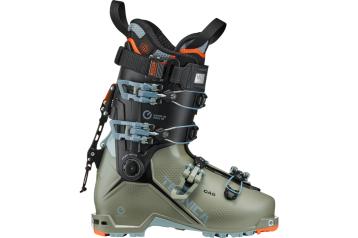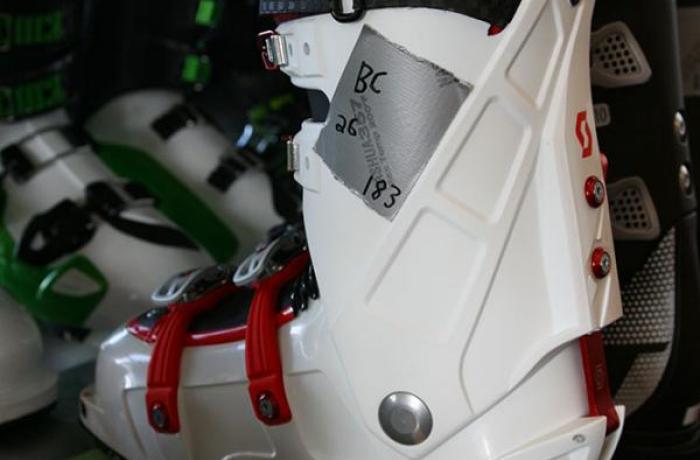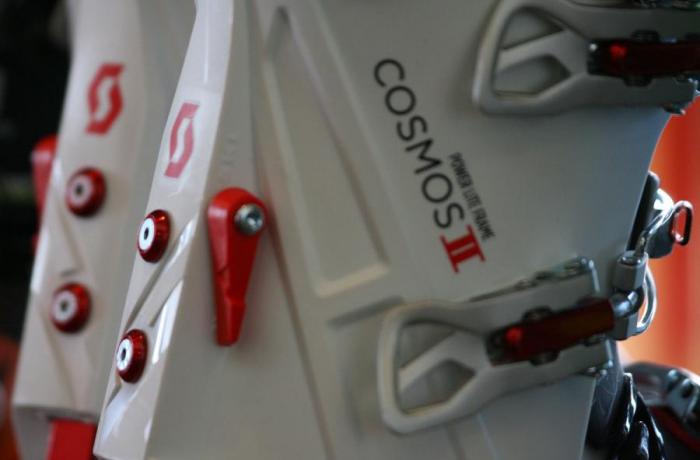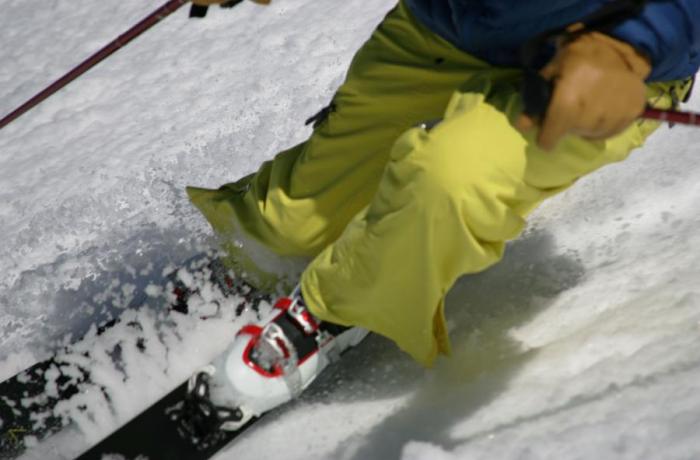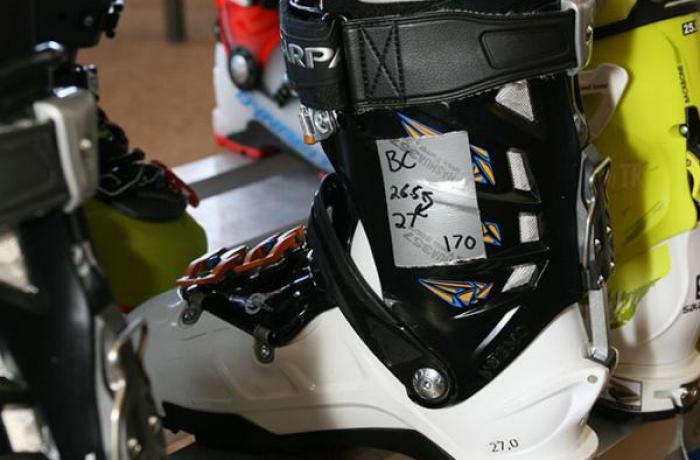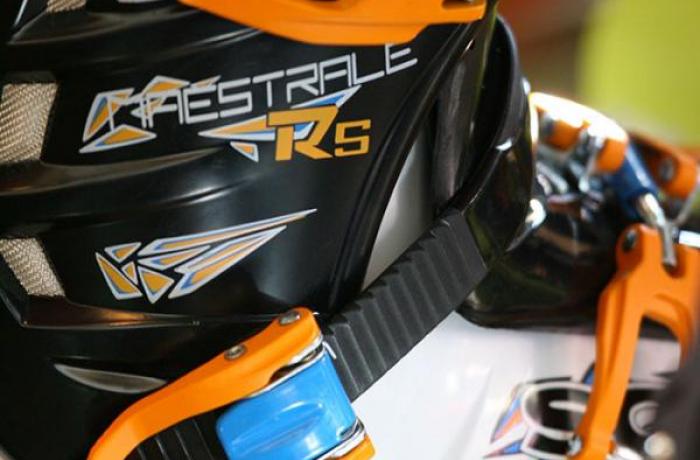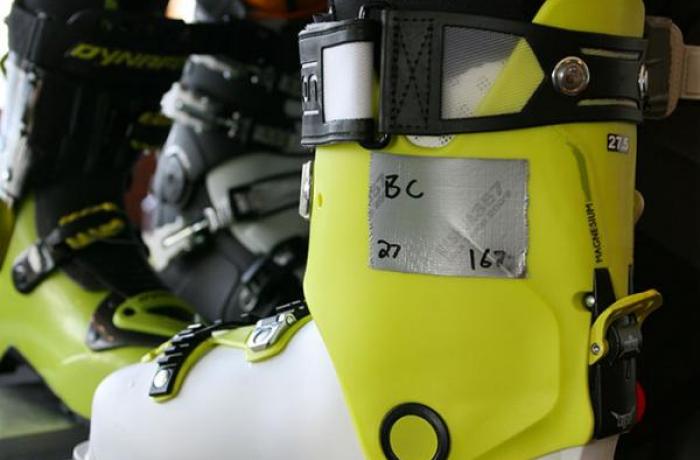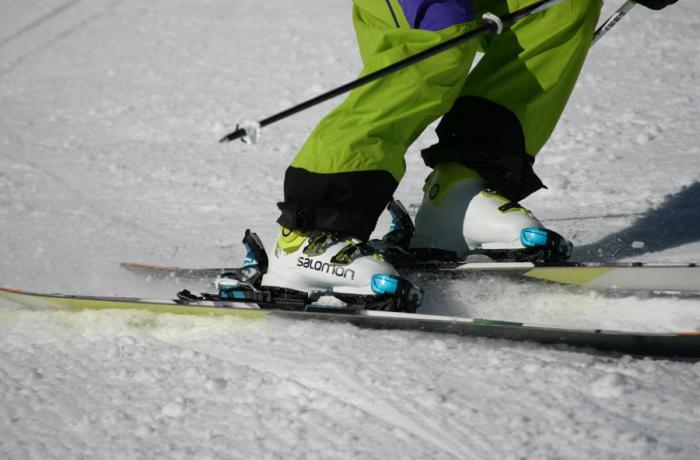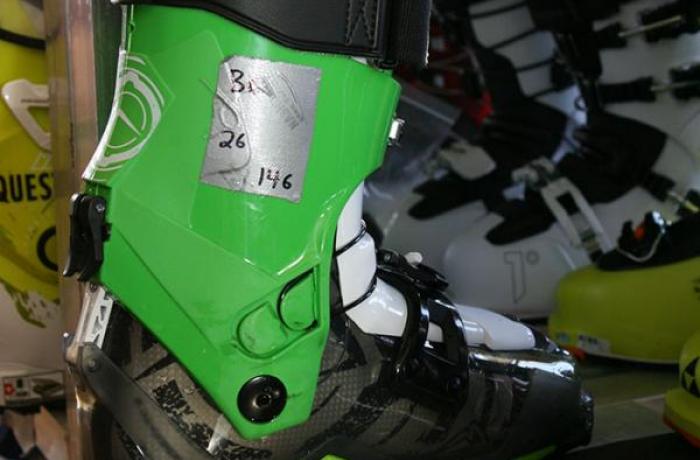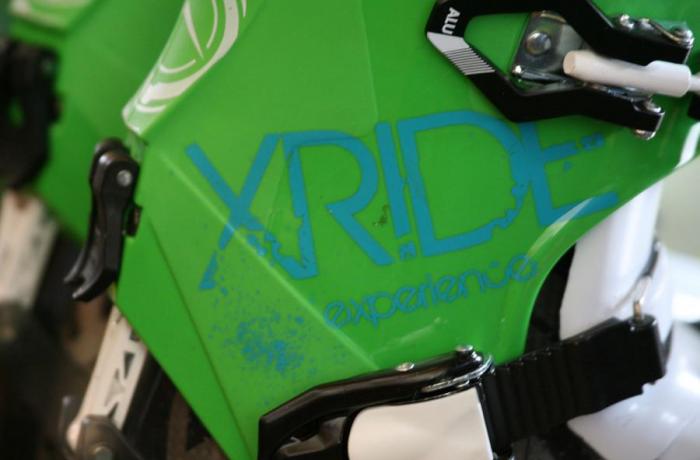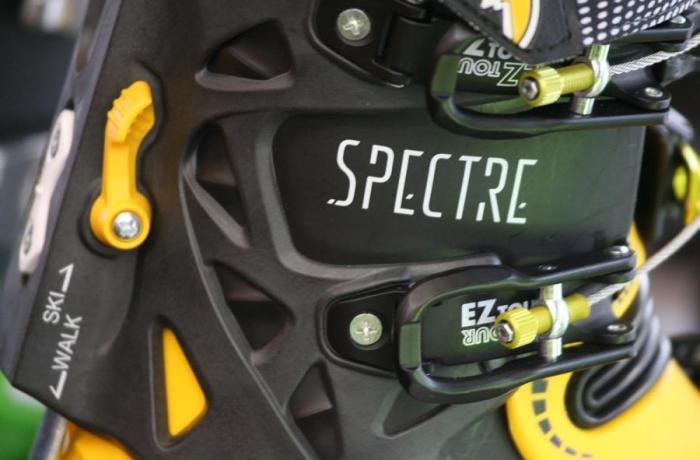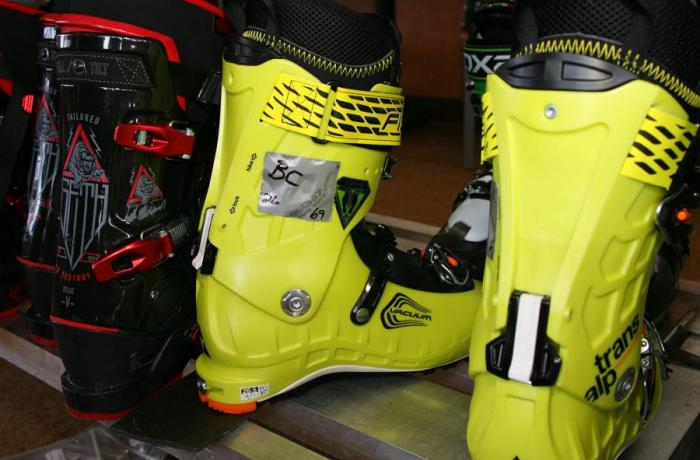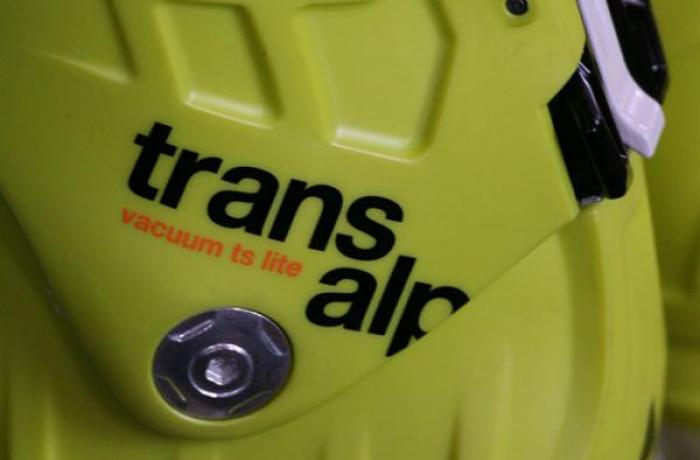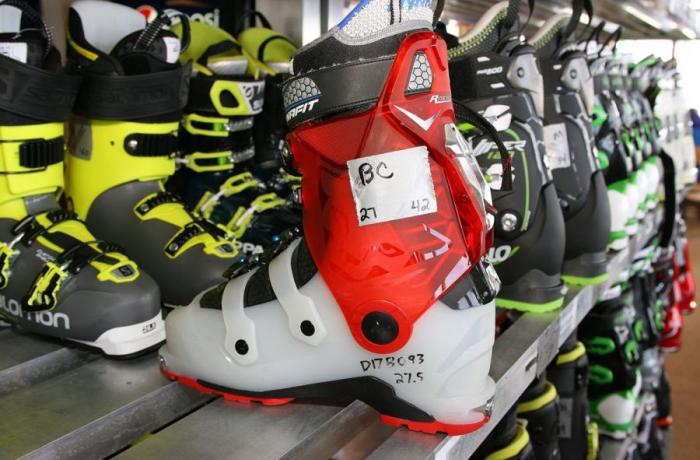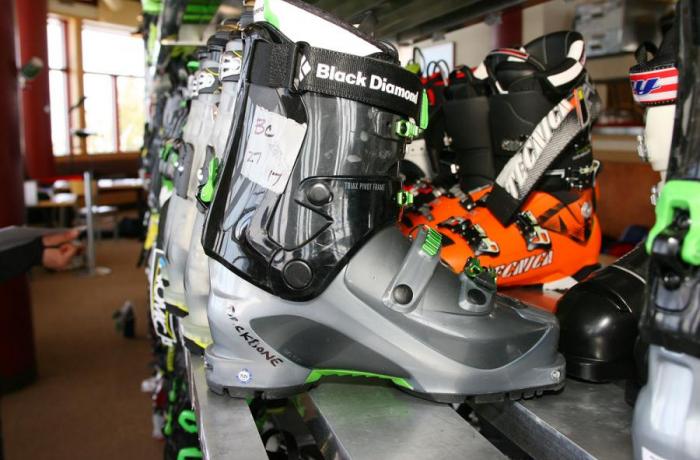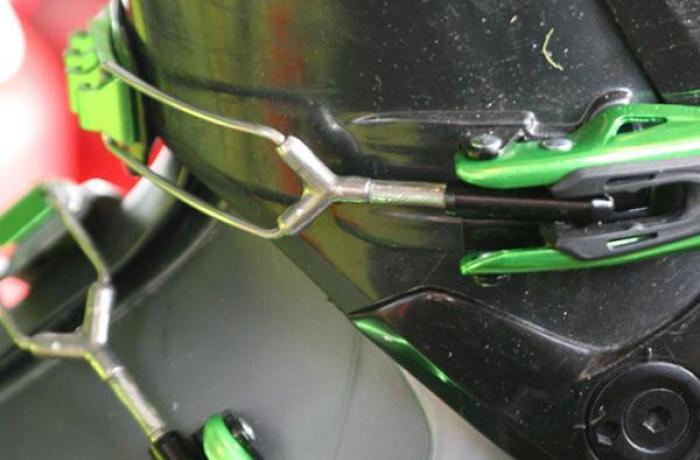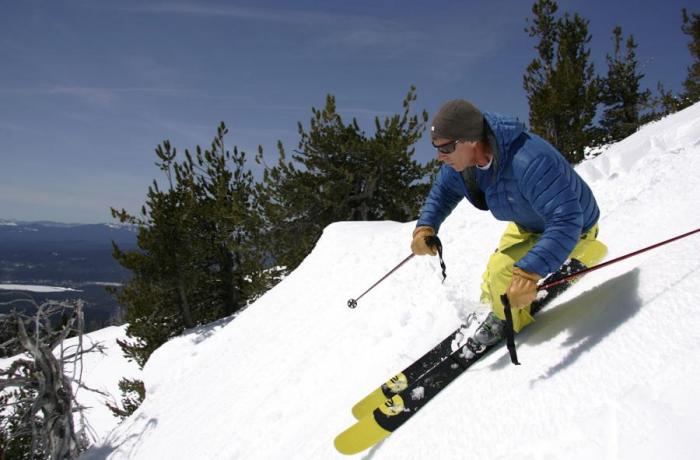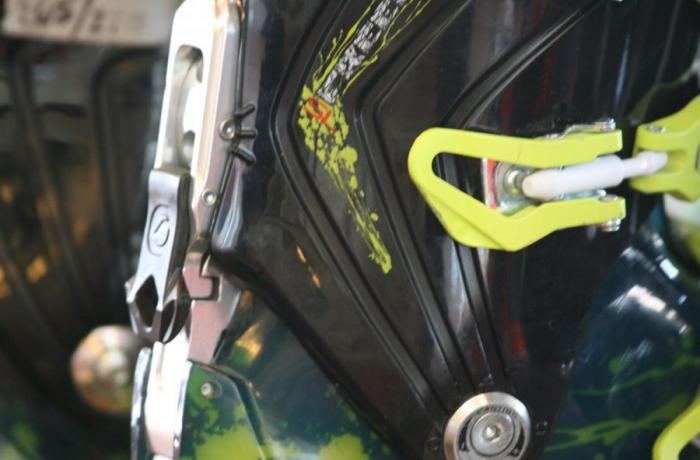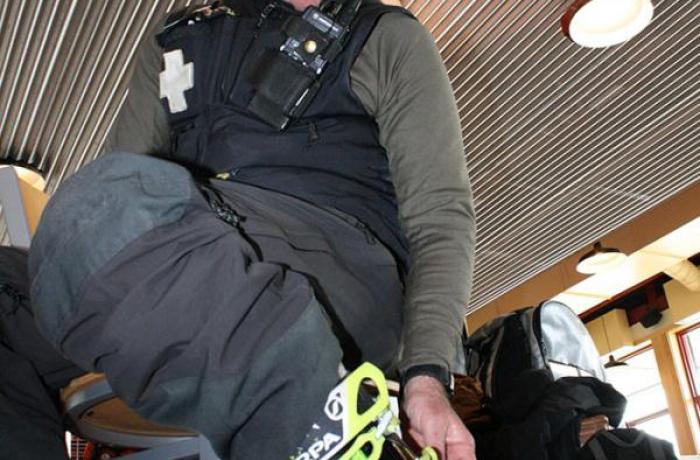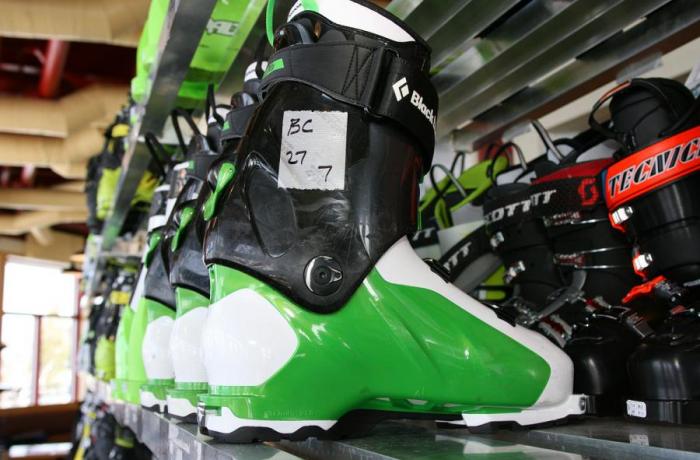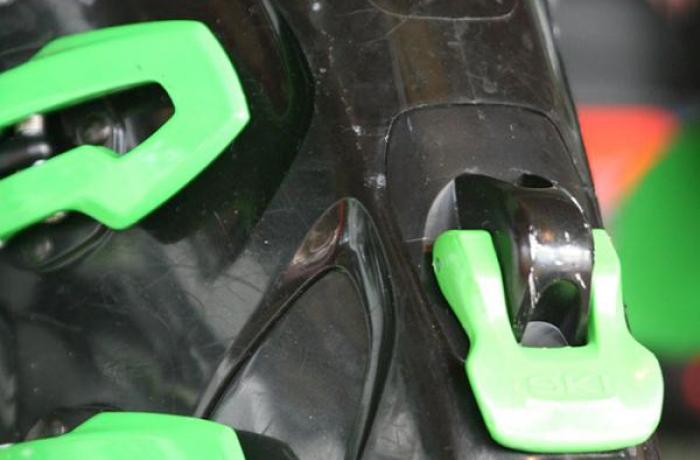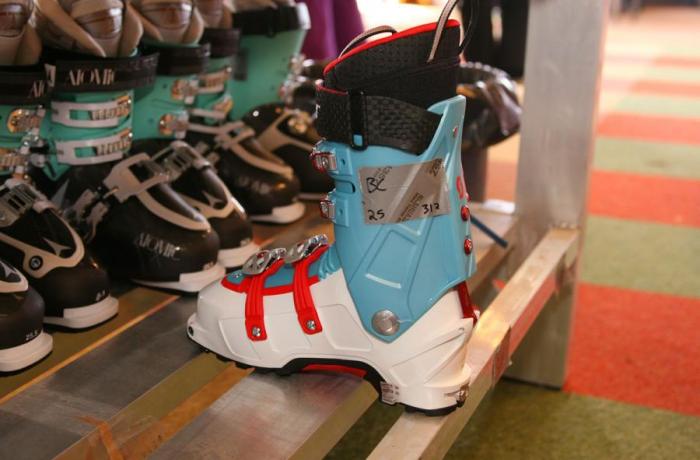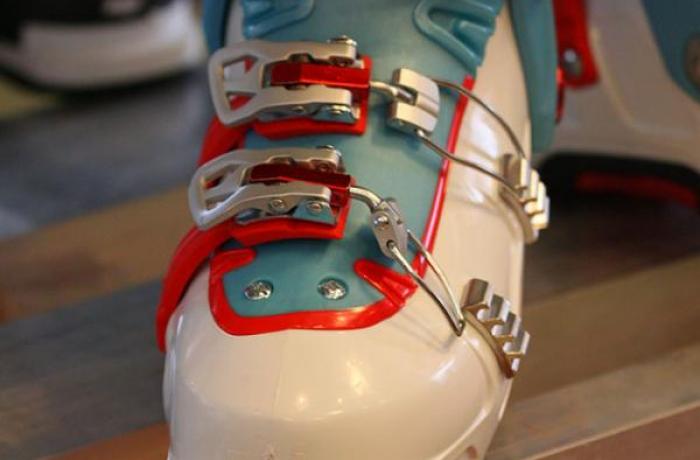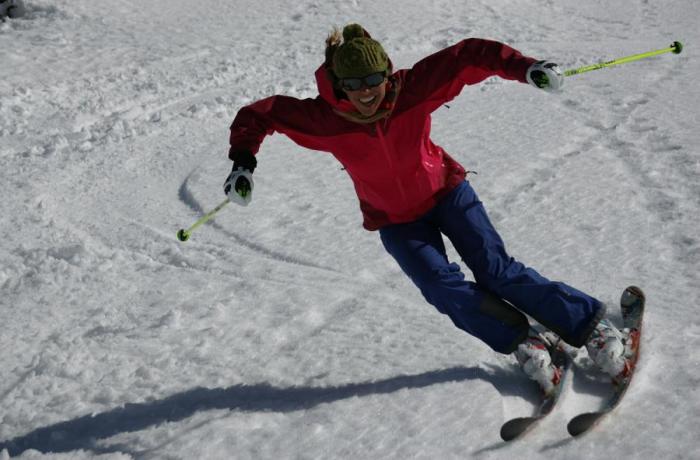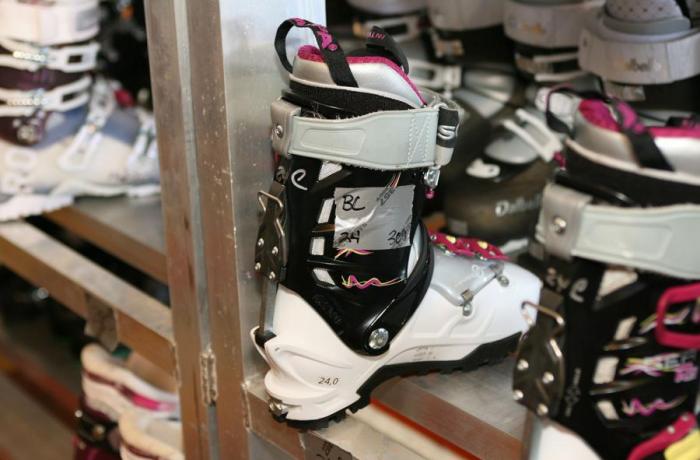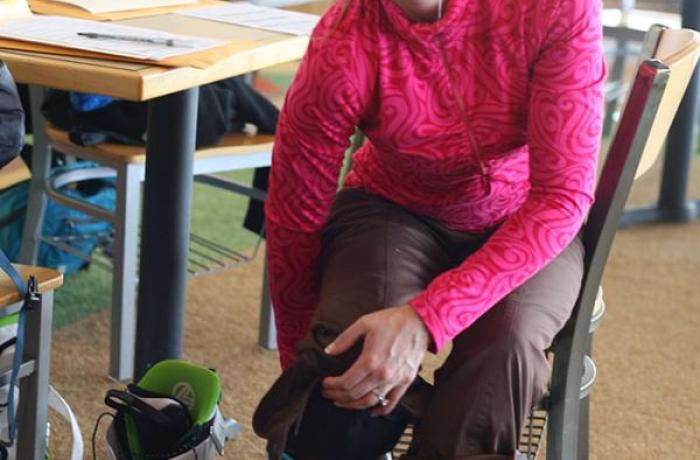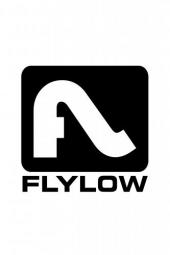Great Scott! Really, this is a great Scott.
Not every backcountry model we tested had a long and natural-feeling touring range of motion but this one surely did, testers said. They also liked the boot’s light weight and simple, easy-to-use hike mode switch. But what made it stand out above others in the category was simply how well it skied—damp, strong and dependable, they said, handling all terrain, all snow and all speeds without a hitch.
The re-tuned Grilamid shell construction is strong and paired with a new, stiffer dual-material Powerlite external tongue. That’s backed-up by four buckle/powerstrap closure for bomb-proof descent performance.
Testers applauded the fit. It’s a no hot-spots, no surprises, well-distributed wrap that slots somewhere between medium and wide fit tension. There’s a roomy toebox and a touch more height through the instep for improved blood flow and comfort. It’s great for high-arch/instep and bony feet. The new mesh interior thermomoldable liner was a hit with testers. They liked the comfy initial fit and were most appreciative of the improved wicking action during the test's sweat phase.
